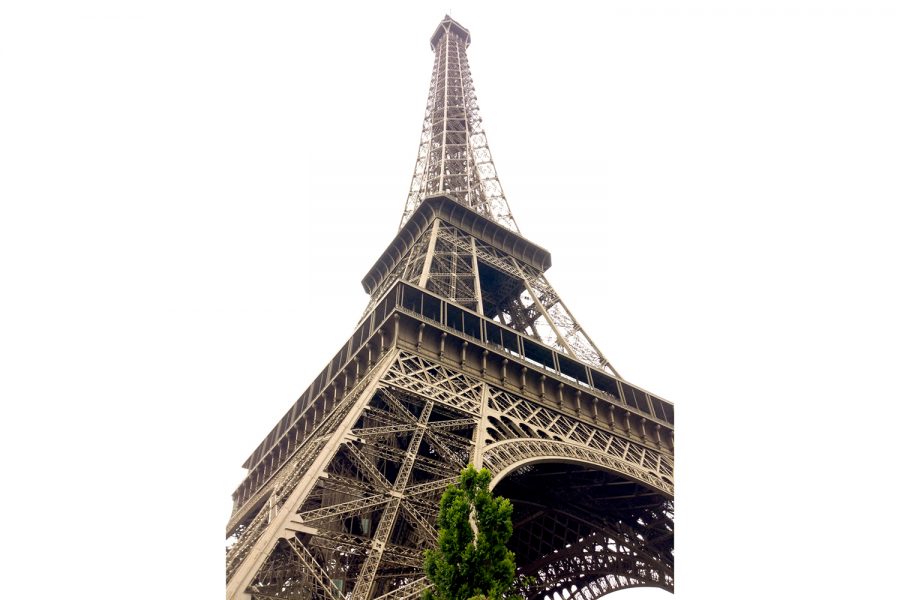Opinion: Tourism ruins what traveling revels
Tourism hurts the culture of a country and perverts people’s expectations. Don’t be a tourist, explore a culture.
March 6, 2017
It’s 1555. Masqueraded men and women flood decorated streets and canals where they drink and party, enjoying what would become the long, rich history of the floating city of Venice, Italy.
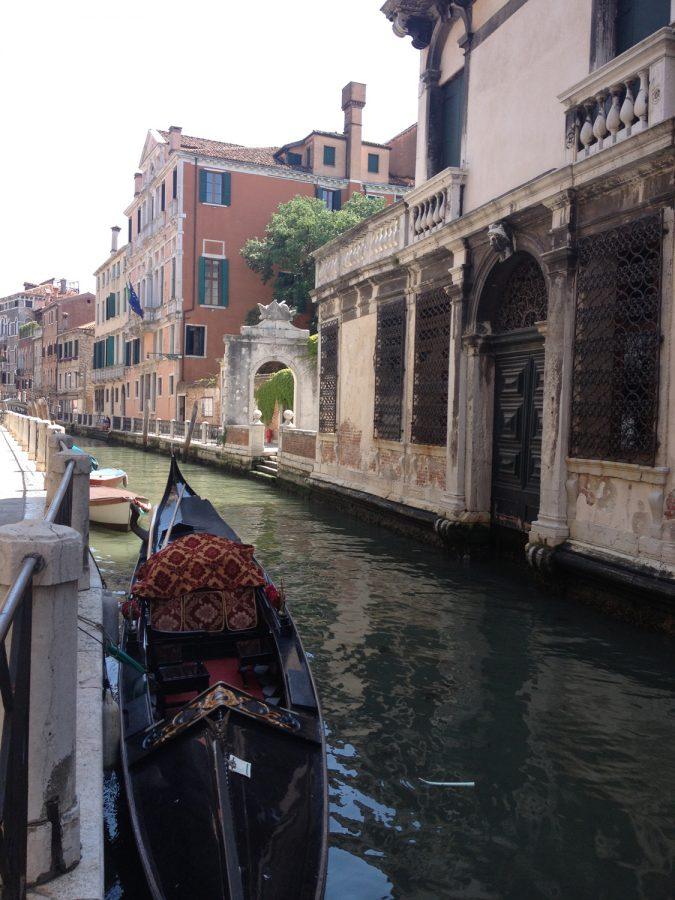
But this isn’t the Venice I saw, and of course it wouldn’t be. I imagined a modern European city with its busy inhabitants walking to work over centuries-old bridges and kids playing in the street. But this isn’t what I saw either. Instead, I saw masks sold in shops to the 50,000 tourists who visit a day, gondoliers littering the waterways to solicit $100 from a tourist for a ride featuring breathtaking views of Burger King and streets so crowded with fanny packs and suitcases you couldn’t stop to look around.
I visited Venice over the summer having heard people’s praise of it. But it’s no longer a city functioning for the people, it’s a city functioning for the purpose of gaining tourist money.
I’ve seen the scars of tourism in cities from Paris, France to San Juan, Puerto Rico, and it destroys their functionality, changes people’s expectations of a place and perverts its celebrated history.
In Berlin, Germany there is a place called Checkpoint Charlie. In WWII, it was the most famous crossing through the Berlin Wall between the west “free” Allied side and the east “Communist” Axis side. People routinely tried to escape from the east to the west. In 1962, Peter Fechter, like many others before him, was shot and killed by guards in his attempt.
When I crossed onto the street with Checkpoint Charlie, I didn’t see a landmark representing tension, bloodshed and the division of people, I saw street merchants selling Soviet-era army hats and WWII American uniforms.
I saw actors dressed as fake Allied soldiers taking pictures for a small fee in front of the replica guard house at the crossing. I saw tourism taking this piece of history and monetizing it. No longer was it an important part of the past defining this city, it was now a place to solicit money from people too busy taking pictures to recognize the pain people have suffered.
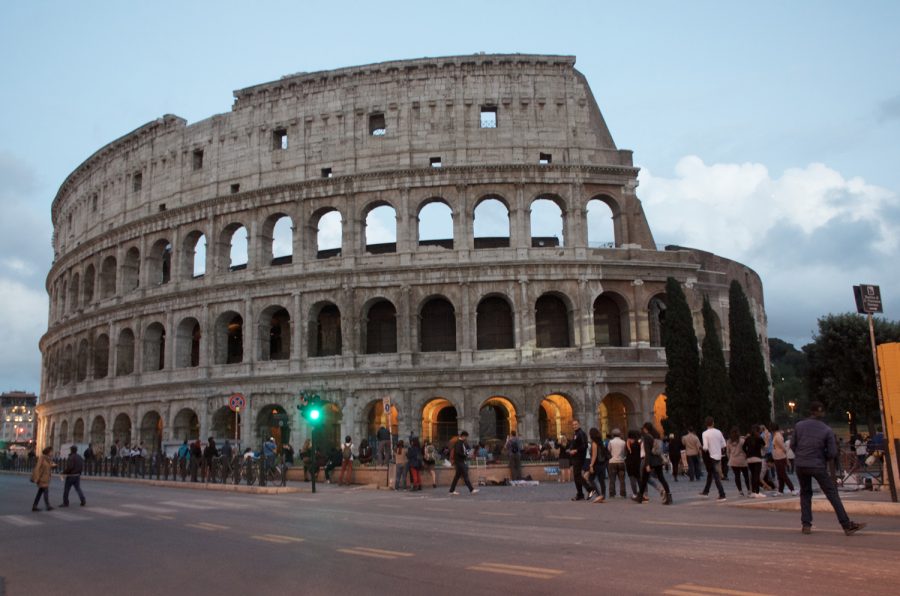
I found out in my exploration of Rome, Italy, an apparently well known fact that the mafia has an incredibly strong presence in the capital — this was told to me by someone who works in the tourist business. And no, there aren’t people in pinstripe suits walking down the street with tommy guns. There are Indians selling selfie sticks on the streets, everywhere. There are Africans selling purses, the same purses, everywhere. There are different stands selling black and white photos on canvas with one element in red, the same exact photos, everywhere. I saw the patterns myself, but my friend revealed more.
Most of the beggars in the streets work for the mafia. Legs broken on purpose to cause pity, children drugged to be quiet as they’re held by beggars to gain more money. These manipulations work because of the thriving tourism in Rome. I watched, day after day, for two weeks, as people gave these beggars and street vendors money, with my friend’s face falling each time.
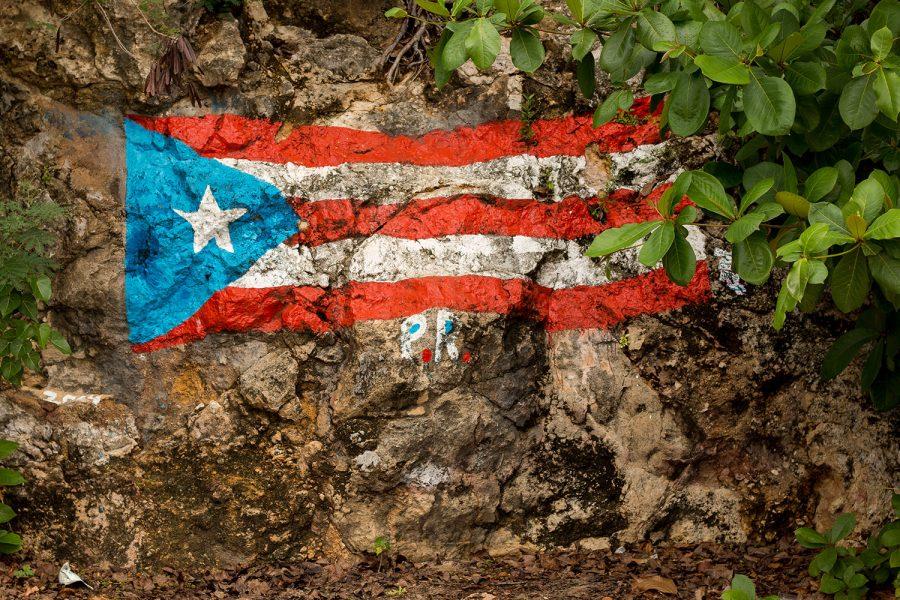
I knew San Juan, Puerto Rico was a tourist trap the moment I walked into it. The capital is its own little island and has one grocery store, and they know it. The prices are high — just as expensive as Boca Raton — and there are more tourists there than locals.
One of the greatest vices of tourist attractions is that it gives people the impression of seeing the whole country or culture, be it downtown Paris, or the city center of Rome or the capital of Puerto Rico.
But the rest of the island is filled with jungles, adventures and completely different worlds. Mountains with winding roads and villages that dot the mountainside at night like stars, clouds floating beside you on thin, tall roads, caves and rivers to wade through and explore and a swing on a tree a thousand feet up.
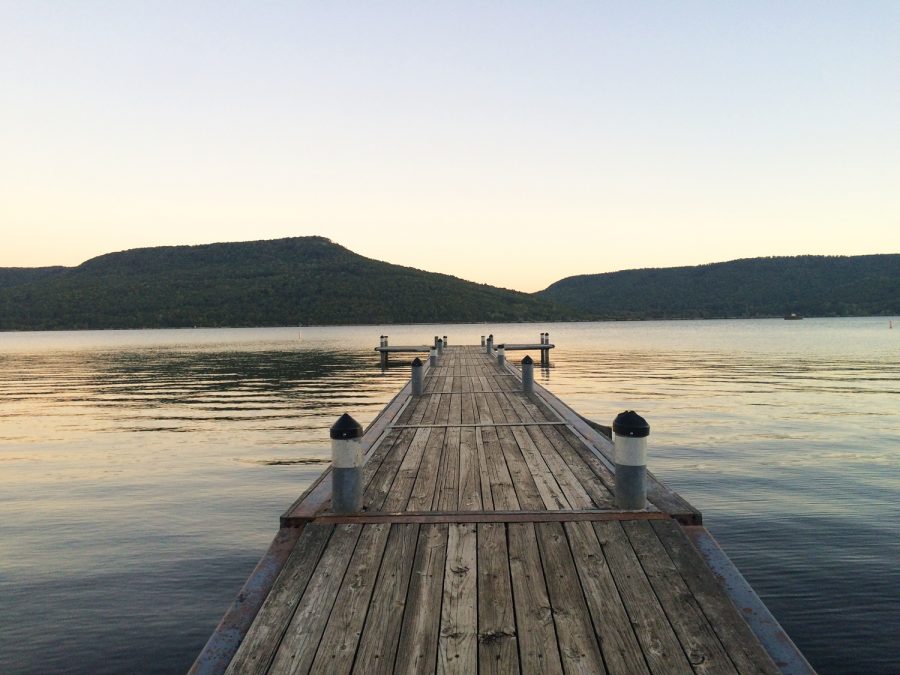
You don’t find adventures near tourist traps. You don’t see little villages, you don’t meet wonderful, caring people. You find Burger Kings and a facade with people who want to take your gleefully surrendered money for a little entertainment and a popular exaggeration of a culture.
Push past that and keep going. Go to the area you know nothing about and just look around. Talk to people, ask for directions to somewhere off the map. You never know where you will end up or what you’ll learn when you go past the curtain put up by tourism and really jump headfirst into a culture.
Andrew Fraieli is a contributing writer for the University Press. For information regarding this or other stories, email him at fraieli.sci@gmail.com.


